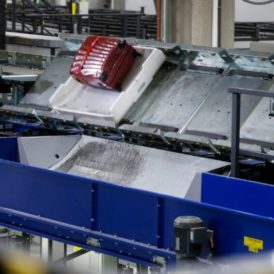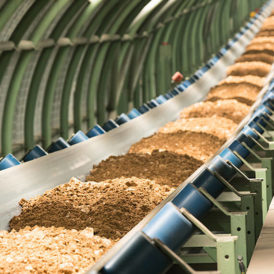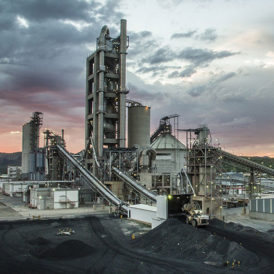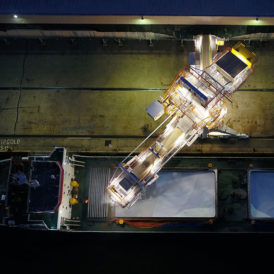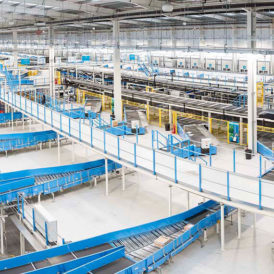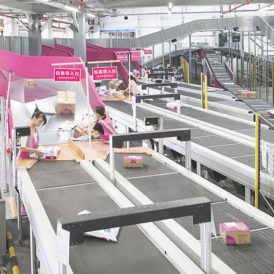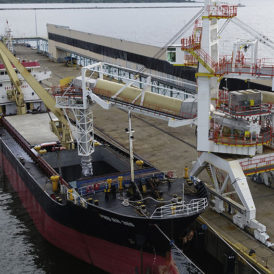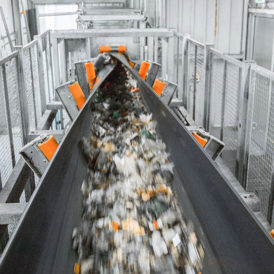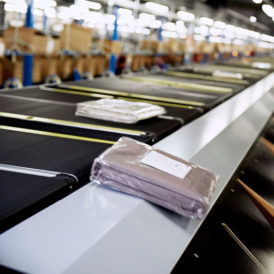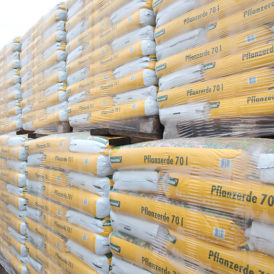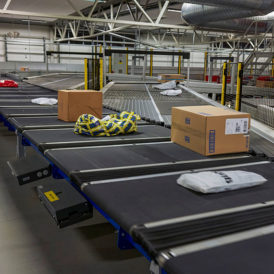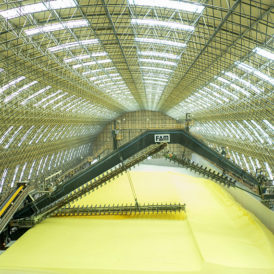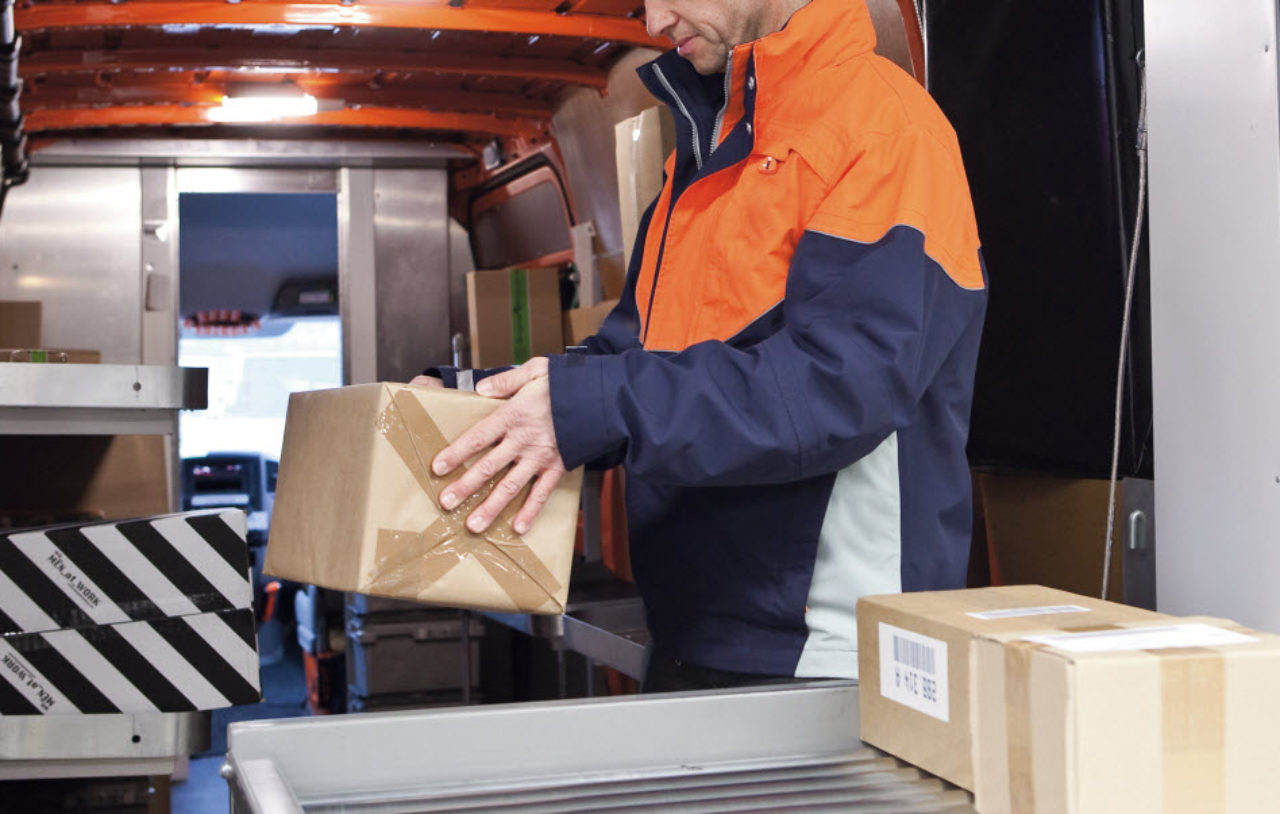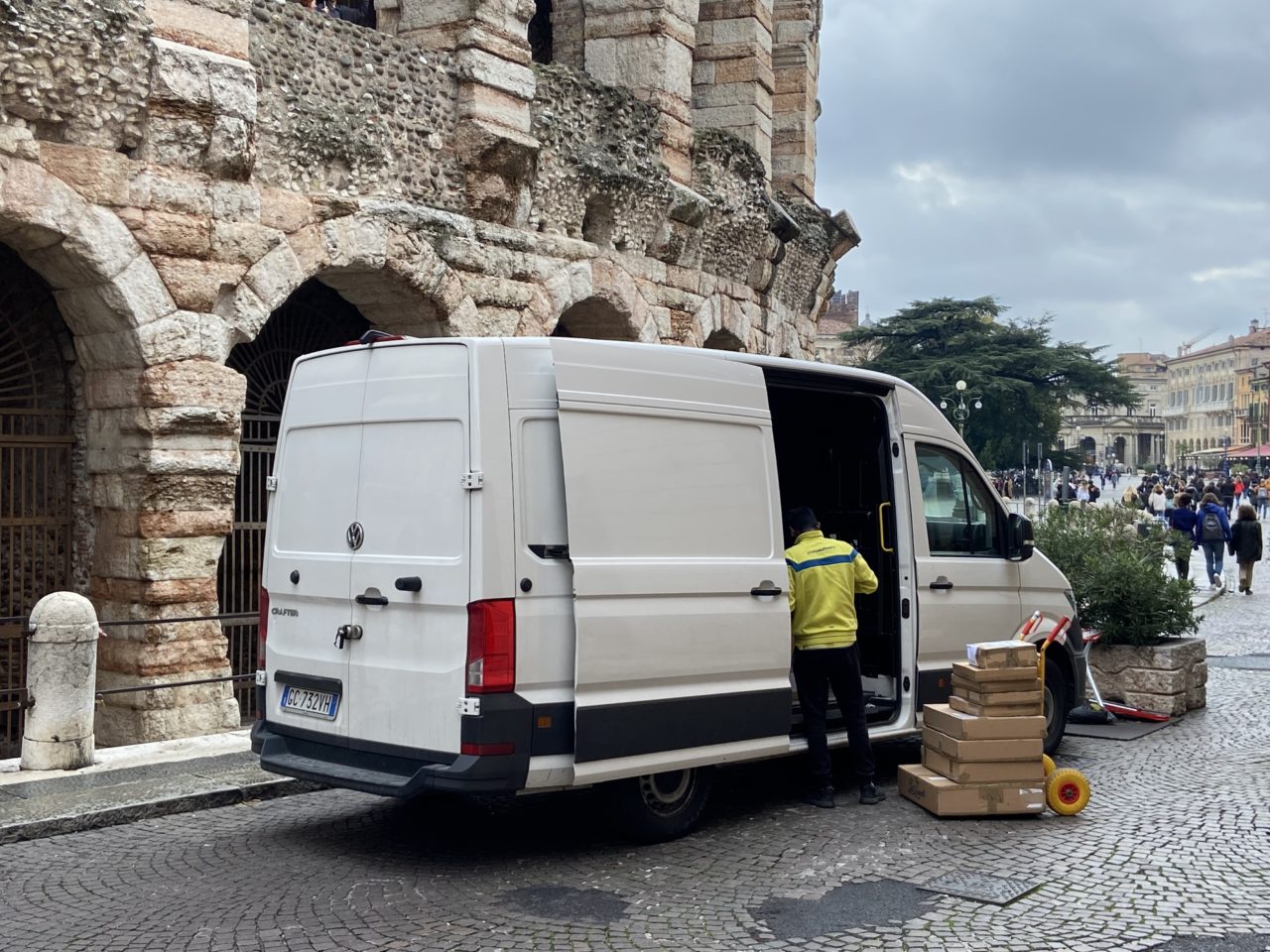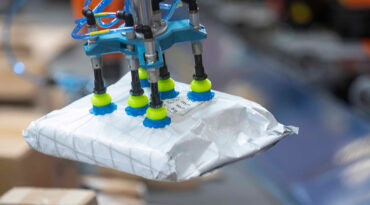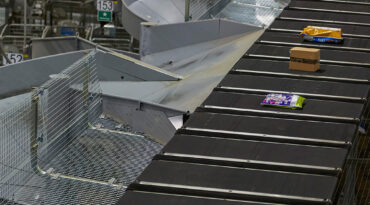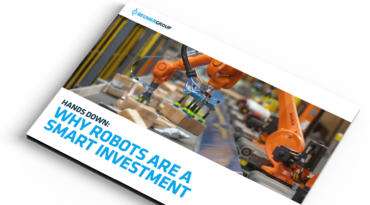A new solution and an industry breakthrough
Automated sequencing has been on the radar of both CEP companies and sortation system designers for a while, but a viable solution was impossible.
It is one thing to be able to develop automated sequencing as a part of the layout to a brand new distribution centre, but how do you bring the solution into a system in live operation? How do you find the physical space in a footprint that has already reached capacity? This has been a particular headache for the industry.
Until recently that is. System providers in the CEP industry have achieved a breakthrough and been able to develop an automated sequencing solution for both new and existing sites.
How does automated sequencing work?
The automated sequencing solution is based on automation that was initially inspired by similar sortation technologies used in the fashion distribution sector.
It is a single multi-purpose system with the ability to automate buffering, sorting and ultimately the sequencing of parcels to minimise manual handling.
Based on the route data, the sortation system will interface with the route planning system.
The system is based on a dynamic storage buffer from which parcels are automatically called forward and then sorted and sequenced based on their ID. As a result, the parcels are released in the exact order they will be delivered. The last parcel on the route will arrive at the van to be packed first and so forth.
The driver won’t need to spend any time on manual sequencing. As a result, the driver can leave the distribution centre and start delivering the parcels in 15 minutes instead of the usual 60.
